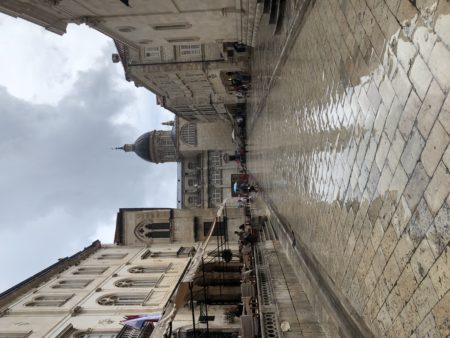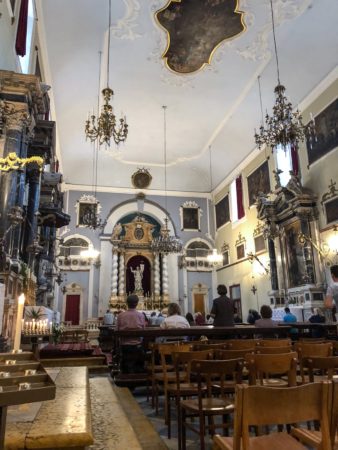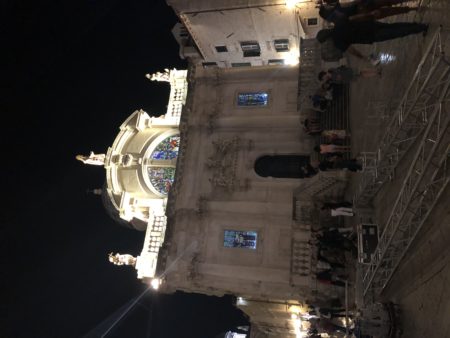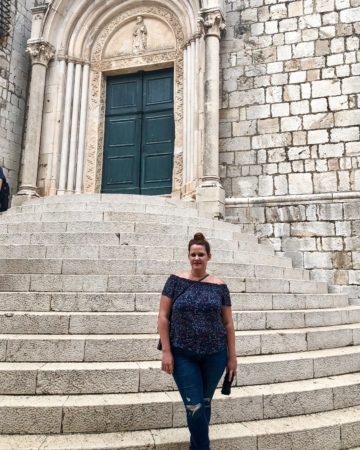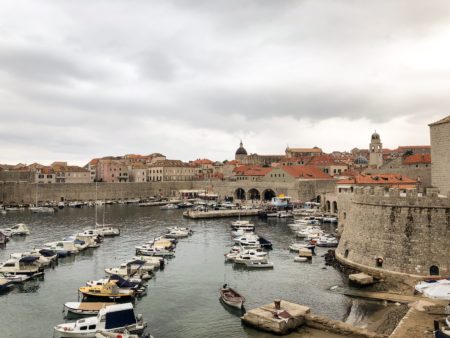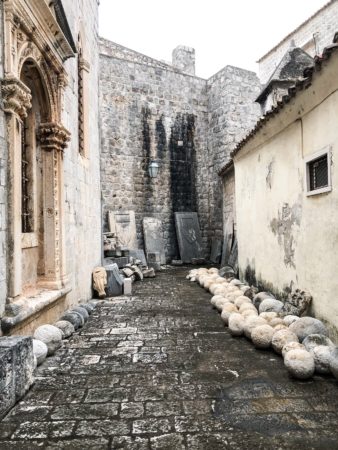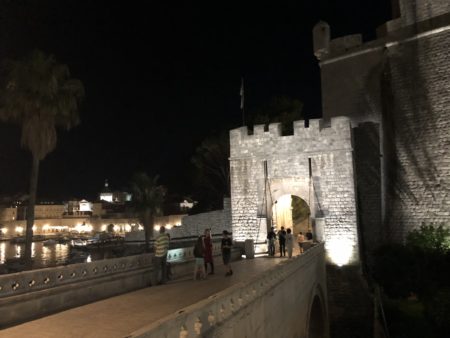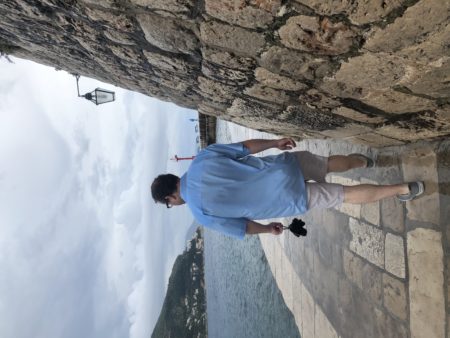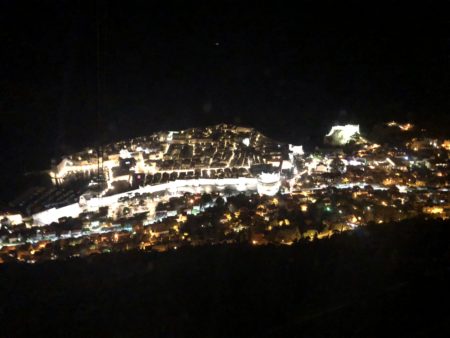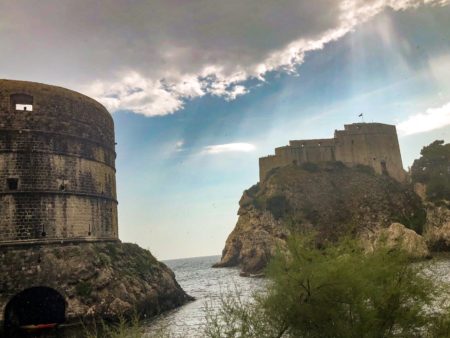we boarded the ferry in late afternoon headed north, the hot sun bearing down on our backs in the concrete heat. the boat was stuffy and musty, the air seeming to circulate only every so often. still though, the views of the islands couldn’t be beat.
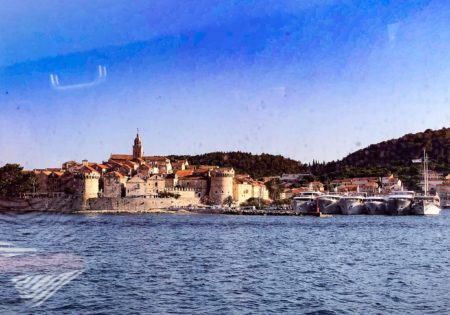
after stopping in Mjet, Korcula (pictured), Milna, and Bol, we finally port in Split.
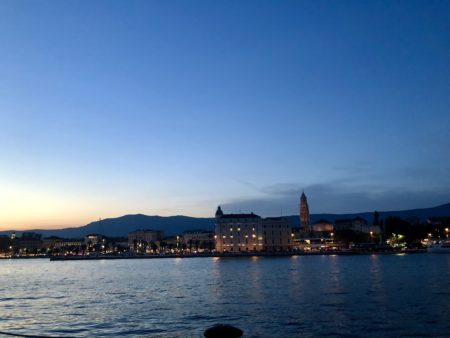
just a short walk through the town center found us in our room at the Piazza Heritage Hotel. a historical boutique on People’s Square, we had a perfect view of the clock tower and iron gate into Diocletian’s Palace.
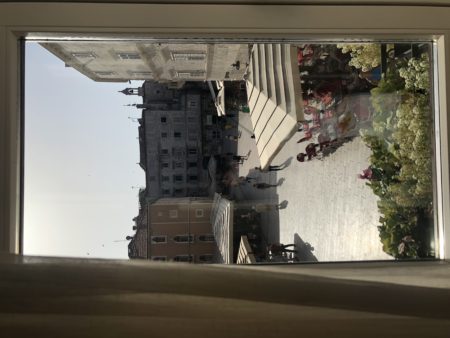
(disclosure: morning photo)
since we arrived late, we rushed to dinner. luckily, we were surrounded by restaurants with beautiful fare, including this lovely trio of pates: scampi, chicken, and cuddlefish.
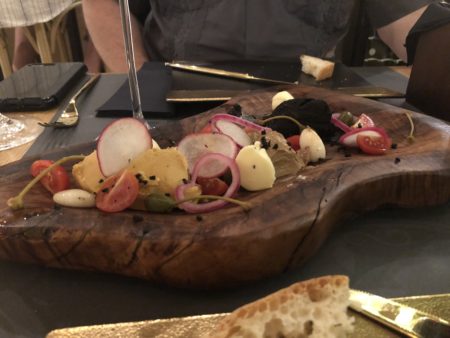
we awoke early to take an excursion to Hvar, aboard a luxury Catamaran run by a few young locals.
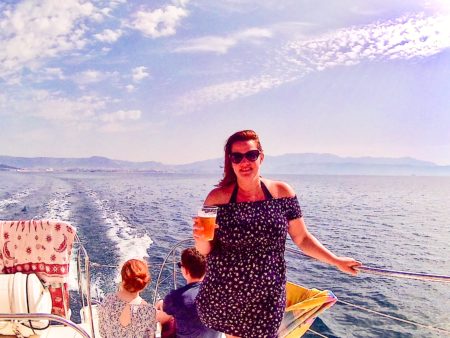
Summer Blues first anchored off the coast of Brac for a cool dip in the salty sea, and where we could wash the sweat from our dripping brows. the scenery was familiar, yet the rocks more white and brighter than in the islands to the south. no wonder ancient civilizations used her stones to build their empires.
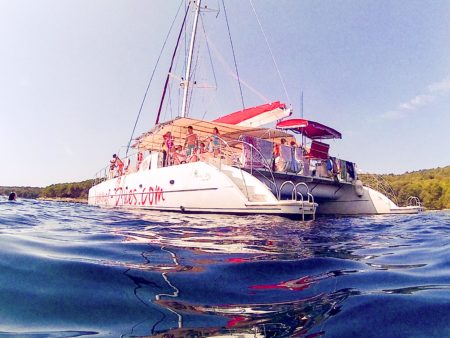
her water was azure blue.

Hvar, bathed in lavender, is breezy and light and less busy than the other cities we visited.
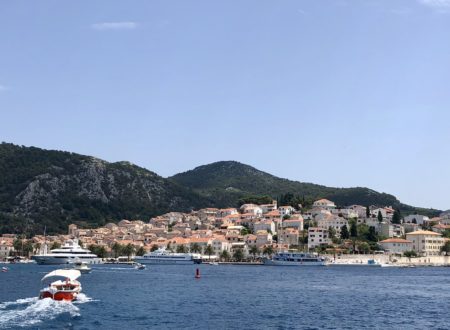
founded in the 4th century by the Greeks, then later Romans, Byzantines, medieval Croatian Kings and Venetians, Hvar has been subject to many rule, including Austro-Hungarian. like all Croatian towns thus far, the town center is flanked by a cathedral off the main square.

narrow alleyways and high steps make up the stari grad (old town), where small museums, restaurants, and tributes to local men combine. still slightly conservative, the culture is much more influenced by the Romans and Italians than cities to the south.
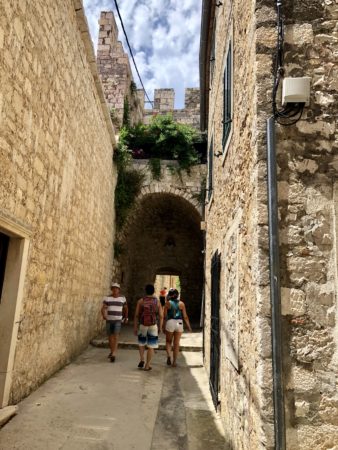
at the highest point of Hvar is the Tvrdalj, the fortified residence of a local renaissance poet, built for townspeople for protection against pirates in 1514.

nightlife in Hvar is said to be busy, with yachts pulling in from all over the world to party. in fact, we arrived just in time to witness #yachtweek. luckily, we visited the island in early afternoon, and avoided drunken young adults sailing around the Adriatic.
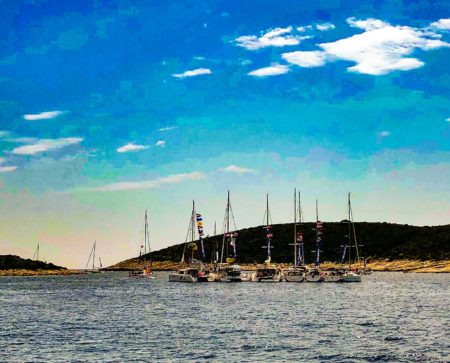
headed back towards Split, the catamaran anchored off the coast of Pakleni Islands, and then Solta, for a much needed snack and cooling from the bright sun.
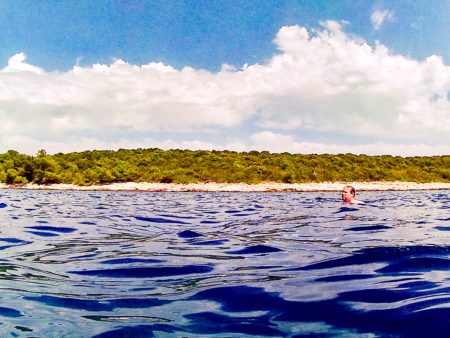
we found time to relax and enjoy the Adriatic Sea in ways we could not from our previous rocky beach and kayaking experiences. and the sommelier smiled.
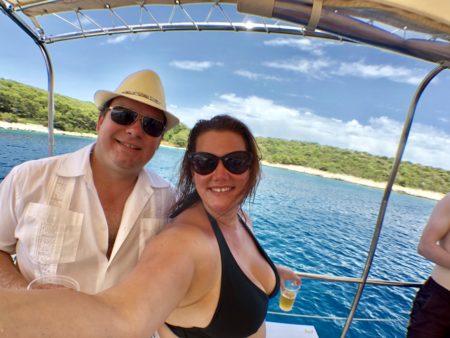
headed back to Split, the crew set sail, turned up the music, and passed out the vodka.
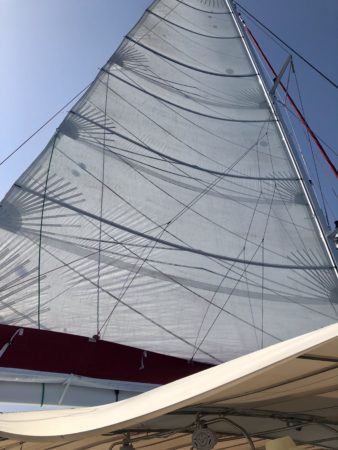
we harbored in port late sunset, and scurried back to the room to shower off the salt from our skin.
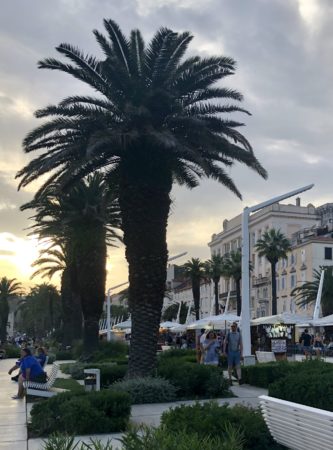
a late night dinner of grilled octopus and prosciutto and truffle tagliatelle warmed our bellies and our hearts.

the sun had been ours for one more day.
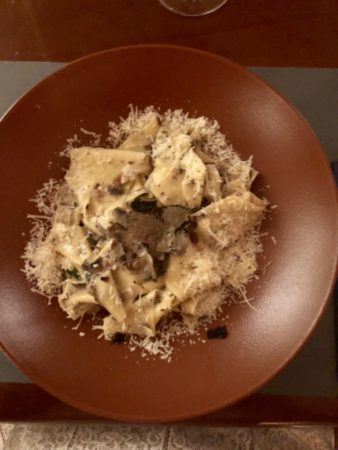
more on the ancient Roman city of Split in the next post, živjeli!

